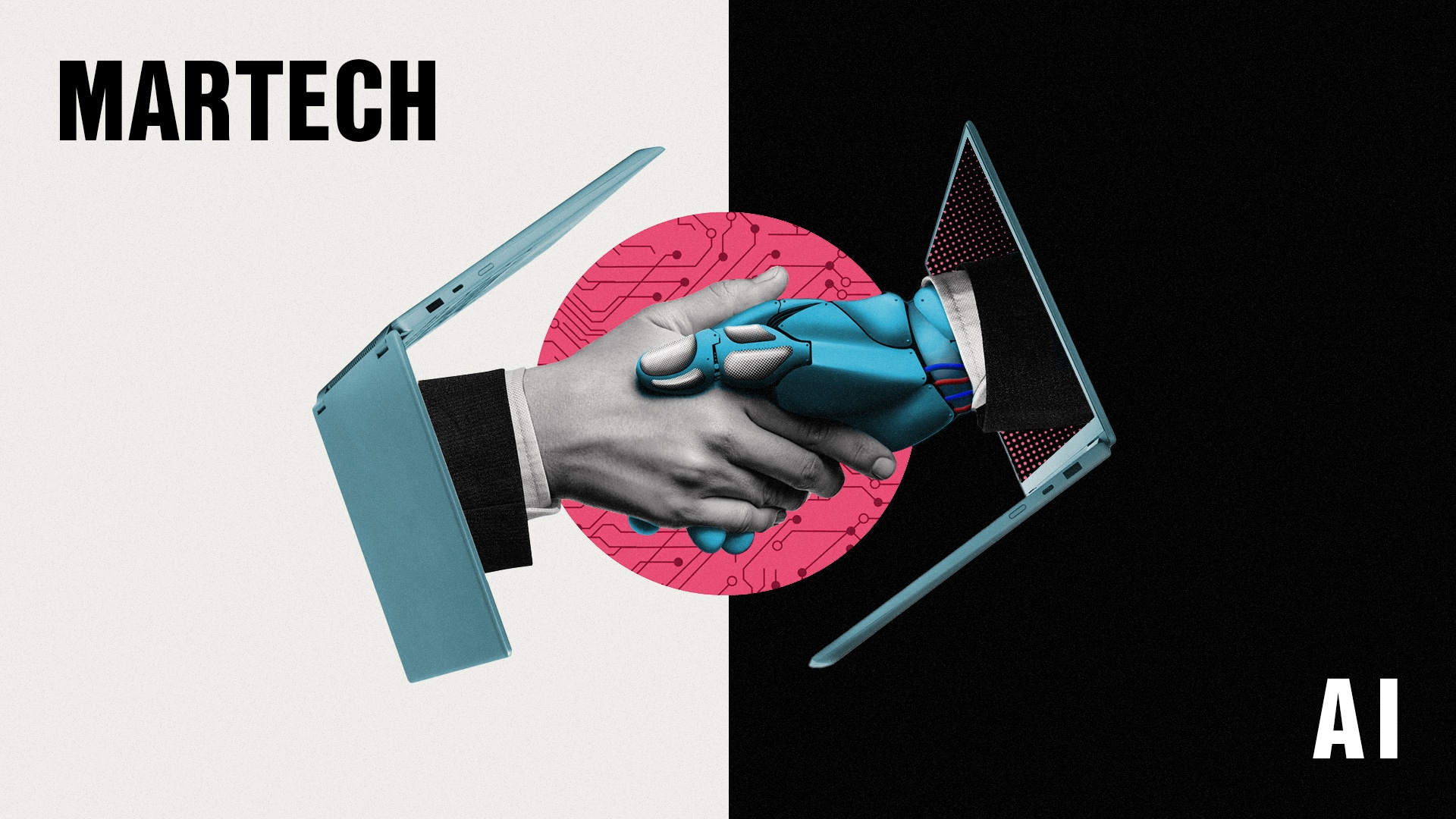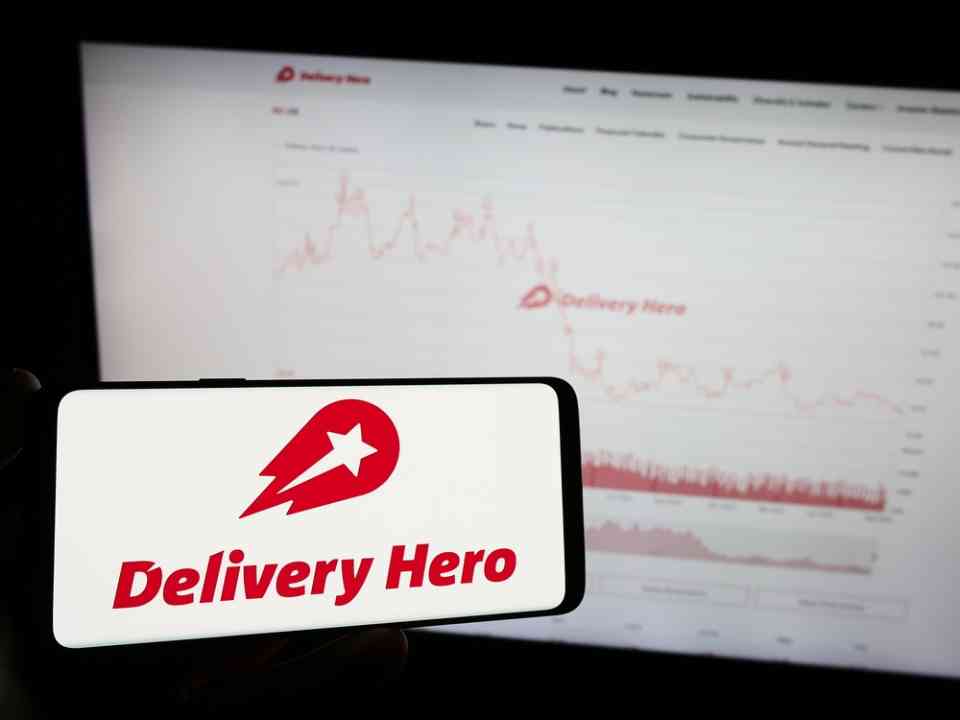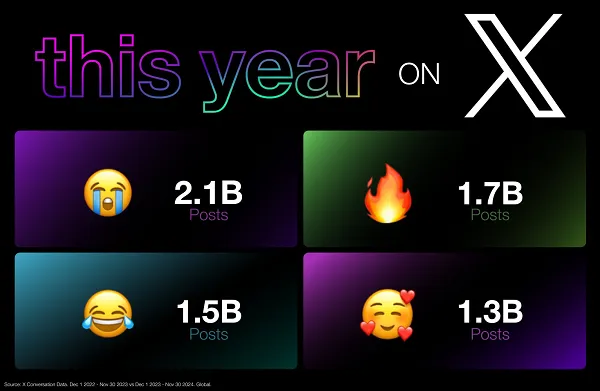See something — like something — want something — buy something.
That’s how people shop.
Marketers know this as “the sales funnel”. The concept has different names and maybe an additional element or two, but it works pretty much the same way since the concept was first described—in the late 19th century.
The advent of AI and the avalanche of data has distorted the shape of the funnel. If it is not shaped like a funnel any more, then what is it? There are different opinions out there.
Think about a spider web
Ryan Brock, chief solution officer at marketing strategy platform DemandJump, no longer sees a funnel.
Starting in 2012, Brock realized that the funnel concept was not making sense. He was creating separate marketing campaigns for each persona, developing specific content that would mark the customer’s interest at the top, middle and bottom of the funnel. “I was trying to move people along what I assumed the journey was.”
The customers had been living in the Internet age for a long time, Brock noted. “People learn in a lot of different ways,” he said. That’s when he noticed that how people shopped resembled a spider web more than a journey down a funnel.
“The spider web is built so that the spider can go from anywhere to anywhere,” Brock said. Look at the customer’s search behavior, look at the context of their search, look at the Google recommendations, and you will notice that the same words, terms, and topics will come up all the time. This creates “inflection points” between your solution and their search. The customer can start their search anywhere on that web, but you know where the web strands come together, Brock explained.
AI, coupled with search, will only make the journey faster. For a simple answer to a question, the first answer may be good enough. There is a trust issue here. “You risk [getting] the wrong information, but you save time.” Brock said.
The AI/search combination cannot understand a culture or understand a context that is “too unique”, but it can be used to uncover complex topics and is research-oriented, Brock noted, if you care to research the customer experience.
Dig deeper: What is sales enablement and how do these platforms help bridge the marketing-sales divide?
Everybody still calls it a ‘funnel’
“There are 77,000 different paths to a purchase,” said Don Simpson founder of sales intelligence platform Lift AI. “We try to use the funnel because that is what everyone is used to.”
Simpson deals with B2B sales, often featuring a year-long sales cycle punctuated by lots of customer research. There are many different customer journeys that must be tracked, “from the initial time the customer surfaces all the way to the sales process,” he said. “We try to see the customer journey and predict the likelihood to convert.”
Lift AI does that analysis at the web page level. How people engage with the online material may be indicative of what they will do next. The client’s web site is treated as a “buyer intent tool.” Simpson said. “We track from the first visit to the sale close. We predict conversion in real time.”
The data gained by Lifts AI’s modeling can be fed into a sales tracking tool. “You can play with (the data) and build models based on that with varying degrees of success.” Simpson said. Developing and tracking that situational awareness on the web site has led to increases in sales on an order of magnitude.
Marketers must put in “what they think is important,” Simpson said. Model accuracy is a sign that the marketer is on the right track. If that rate his 85-90%, then it is “accurate,” Simpson explained. “You keep tweaking and refining until you get accurate.”
A funnel? Yes, but a dark funnel
For Latane Conant, CMO at ABM platform 6sense, the funnel is still there. “It feels nice, it feels tidy, and it feels organized. But it’s not our reality.” With the shift to digital buying, we get “The dark funnel”.
“[B]uyers do their research anonymously instead of through a conversation with a seller. They’re still showing signals of where they are in the buying journey, but now those signals are happening out of plain sight,” Conant said.
For example, only three percent of visitors will fill out a form, Conant noted. The rest of them go un-noticed, unless de-anonymized. “Yet only 26% of B2B organizations do actually de-anonymize this traffic,” Conant said.
“The truth is the buying journey has never been linear. Buyers don’t progress neatly from one stage to the next,” Conant continued. “Buyers may spend a month in the awareness phase, a week in the consideration phase, and a day in the decision phase before reverting to the consideration phase. Or they may jump straight from awareness to decision/purchase…It doesn’t follow a pre-set cadence, which is why it’s so important to have the intent data, and the AI to distill it into insights, so you can track buyer readiness at any given point.”
Funnel or not, it’s still about data
Marketers can get a handle on divining buyer intent, provided they ask the right questions and find the right answers. The “shape” of the customer journey is less important than the data being analyzed.
Marketers should start investigating “the questions that matter to you the most,” Brock said. Look at search behavior itself. Do research. Will the AI supplant your voice, or will it find people who are looking for something unique? Carefully develop content to appeal to customers at those information junctions. A sales web has inflection points, and an algorithm can provide content to suit the customer at those points, he noted.
Simpson took a more direct approach. “People come to your store for a reason,” he said, so buyer intent is already there. Identify the behavior that shows likelihood to convert. Engage in a conversation with that cohort. Apply the time and resources to that audience in buy mode, and capitalize on opportunity, he said.
Conant offered these three steps to meet the challenge:
- Use AI to be more human. Artificial intelligence can draw customer information from many sources before engaging them on their own personal terms.
- Use AI to be more efficient. Predictive AI can take over routine tasks, like crafting personalized messages aimed at specific customers.
- Use AI to streamline workflows. Use AI to augment CRM, finding accounts and adding meaningful data, then getting that information to the sales and marketing teams.
“As the sales journey and funnel evolve in this anonymous buying age, demands on marketers are higher than ever.” Conant said. “Rather than seeing AI as another complicating factor, I look at it as our lifeboat — the way we’re going to meet these rising demands without killing ourselves in the process.”
Get MarTech! Daily. Free. In your inbox.
Opinions expressed in this article are those of the guest author and not necessarily MarTech. Staff authors are listed here.
























































![Online Shopping Reached New Highs in 2024 [Infographic] Online Shopping Reached New Highs in 2024 [Infographic]](https://imgproxy.divecdn.com/kCw9rTPPHoCqXkkL4Bt8p7eohxOuRs6iXsDK03Fxr_8/g:ce/rs:fit:770:435/Z3M6Ly9kaXZlc2l0ZS1zdG9yYWdlL2RpdmVpbWFnZS9vbmxpbmVfc2hvcHBpbmdfc3VyZ2UyLnBuZw==.webp)

![What App Features Are People Willing to Pay For? [Infographic] What App Features Are People Willing to Pay For? [Infographic]](https://imgproxy.divecdn.com/mHJQ6ffz2lGDUuF649StZz5xtI56ORDL5z-Cjs9ZUw8/g:ce/rs:fit:770:435/Z3M6Ly9kaXZlc2l0ZS1zdG9yYWdlL2RpdmVpbWFnZS9hcHBzX3RoYXRfcGVvcGxlX3BheV9mb3JfMi5wbmc=.webp)











